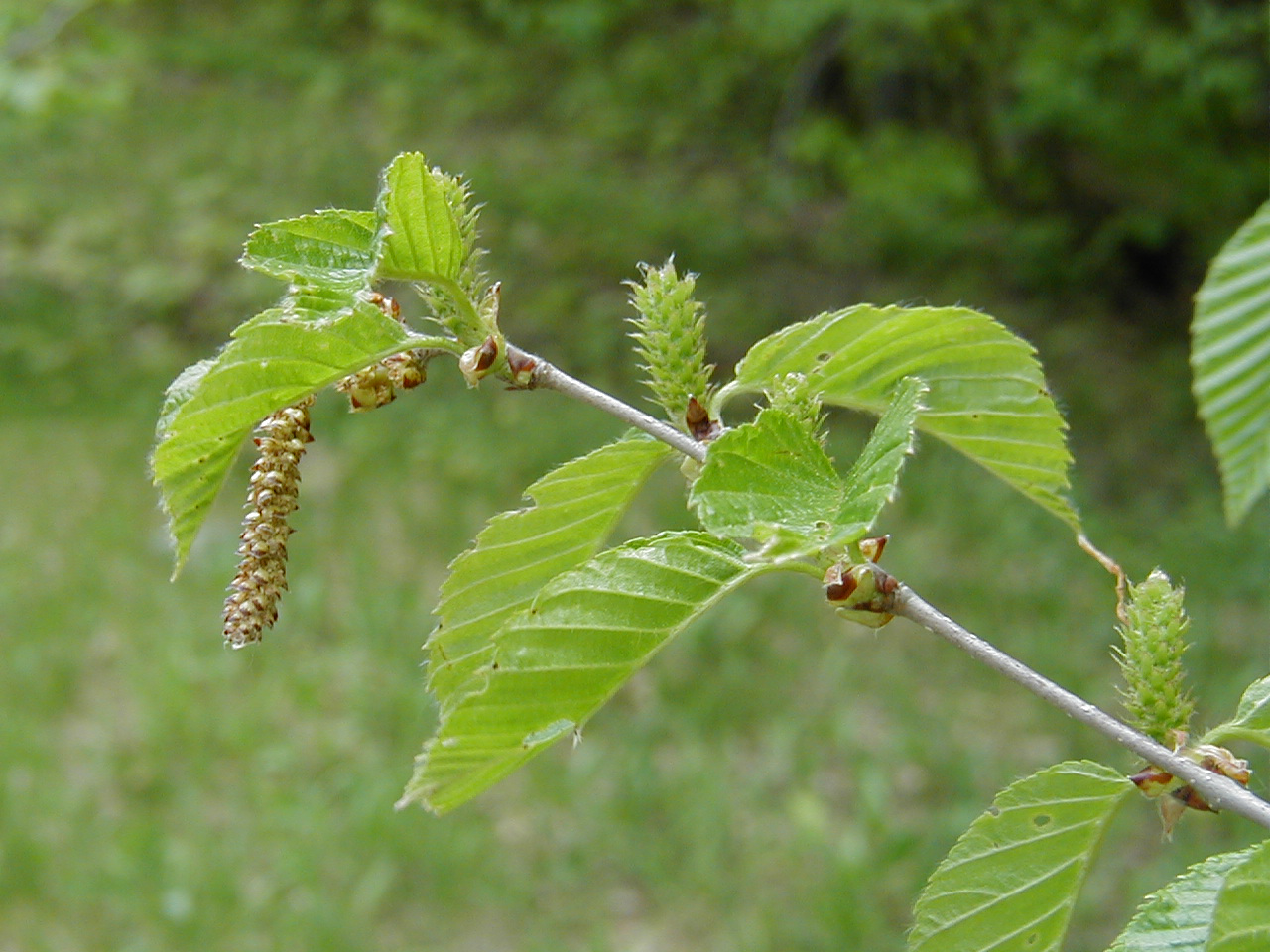Project Overview

For this study, soils in four specific land uses and nearby associated streambanks were sampled in the Missisquoi Watershed in northwestern Vermont. The land uses were silage corn, established hay, wetland and forest, and eight sites were sampled for each. These were analyzed for total phosphorus, total organic phosphorus, plant-available phosphorus and the degree of phosphorus saturation. Two pairs from each land use/streambank combination were selected for detailed organic phosphorus speciation via 31P NMR. Soils in corn, hay and wetland were elevated in total phosphorus relative to associated streambanks and relative to the average phosphorus content previously found in Vermont soils. Forest soils were consistently low in total phosphorus, as were their nearby streambank soils. Total organic phosphorus was lowest in the streambank soils. Plant-available phosphorus (soil test) was high in the corn and hay fields but very low in all other locations, streambanks included. The degree of phosphorus saturation was < 21% in all of the streambanks but averaged 36% in the corn fields. The combination of low soil phosphorus and low saturation suggests that the streambank soils will not release phosphorus if eroded into the adjacent streams. This material is based upon work supported by the U.S. Geological Survey under Grant/Cooperative Agreement No. G21AP10630 to the Vermont Water Resources and Lakes Studies Center.
Objectives
Understanding the mechanisms of bioavailable phosphorus delivery from the landscape to fresh water bodies remains a key need. Recent work has shown that streambank erosion is responsible for a large portion of the sediment load entering Lake Champlain. The speciation and reactivity of the P in that sediment has not been adequately researched.
Dataset Availability
Downloadable: 1 dataset
See the full list of available dataTags
No tagsStatus - Completed
Start date: 2014-03-01
End date: 2016-02-29
Study Area

